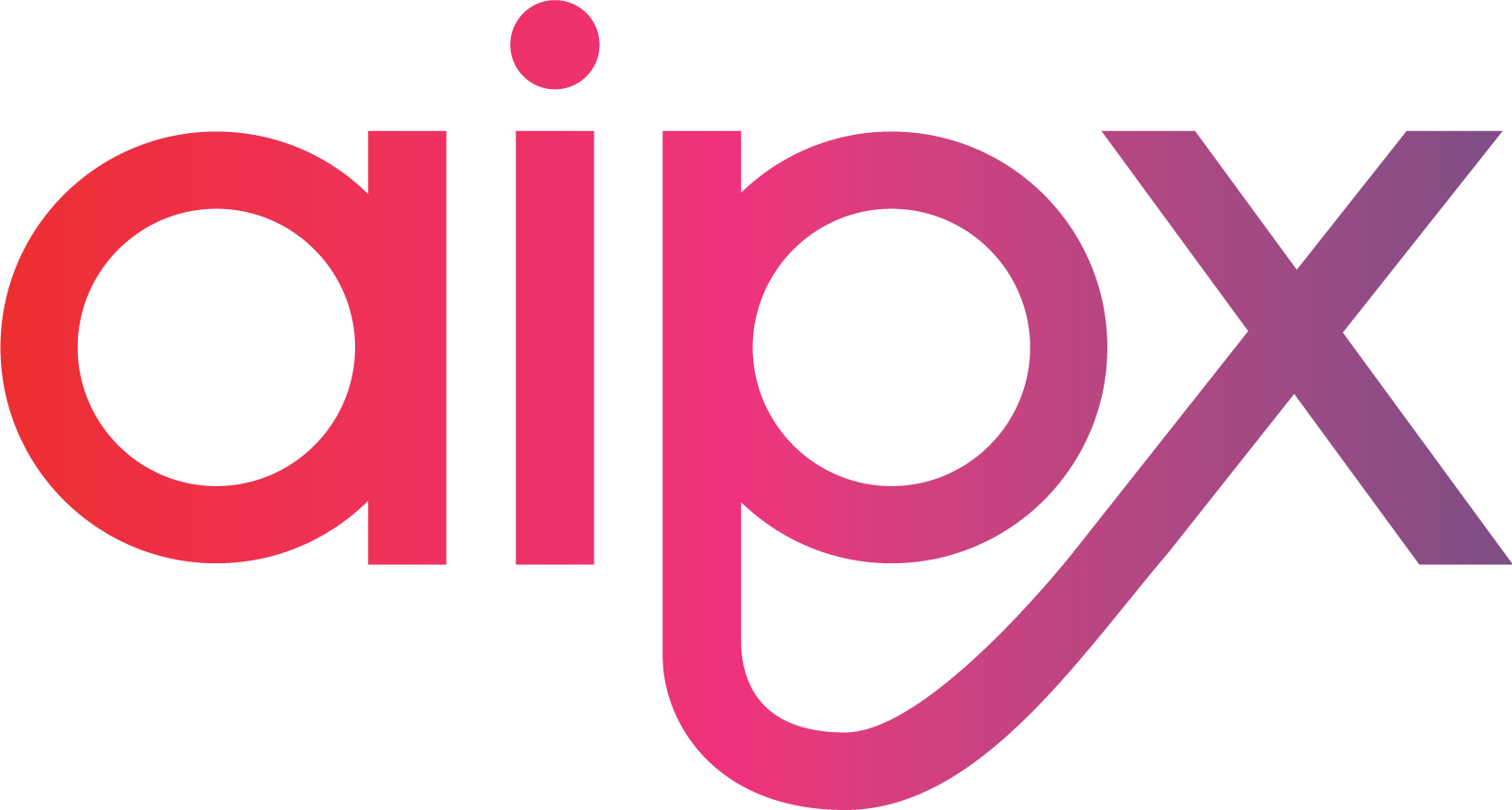1. Take “best of breed” seriously
Ninety-nine percent of companies don’t do this. In my third book, Epic Content Marketing, I talk about six principles that are essential to epic content marketing. The sixth, and perhaps most important, is setting a goal/mission to be the “best of breed” informational provider for your industry niche — i.e., to truly be the leading informational resource for your industry.
This is critical to making content marketing work for you. If your content marketing isn’t eagerly anticipated and truly necessary, at some point, your audience will see through the façade and ignore you.
Ask yourself this: If your content marketing disappeared from the planet, would anyone miss it?
If no one would miss your information, you’ve got work to do. Start by setting your goal, then set up the processes and invest in the people you need to reach that goal.
2. Go 6 months without mentioning your product
When I was doing research for the book, I compared CMI’s informational/educational posts to posts that mentioned our products and/or services. The posts that talked about us received about 25 percent of the total unique visitors that a regular, educational post did. At the same time, we received virtually no additional subscribers on our sales-related posts, while our regular posts brought in between 35 and 75 subscribers.
The point is this: The more you talk about yourself, the more you’ll negatively impact your content marketing efforts. Keep the offers outside the content, and watch your program flourish.
3. Follow the “3-legged-stool” model
Almost every successful media company in the world leverages the “3-Legged-Stool” model: creating content for digital, print (print magazine or newsletter), and in-person (customer event or series of customer meetings). I believe that if your brand doesn’t leverage all three channels in a meaningful way, you cannot truly be an industry-leading informational source.
Beyond that, there is a huge opportunity in leveraging print channels, specifically. Just think of it like the value of a trade show where all your customers are in attendance, but none of your competition showed up. That’s the value print content marketing currently represents. I smell opportunity.
4. Leverage native advertising while you can
In a recent LinkedIn native advertising post, I wrote the following:
Publishers are using native to survive and grow. Brands are using native to steal audience from the publisher. It’s that simple.
I’m not sure how long publishers in your industry will offer native advertising opportunities. If I’m a brand, I’m going to want to go all-in on leveraging native to steal as much audience as possible. Look into it.
5. Forget real-time marketing
Some of the real-time marketing examples surrounding the tragic death of Robin Williams will make you sick to your stomach. Brands and publishers alike are tripping over themselves to leverage breaking news for business gain.
The only situation in which you should be considering real-time marketing is if your content marketing strategy is near perfect. Only then will you be well prepared enough to tackle the risks of real-time (and reap the potential rewards).
Focus on consistent, valuable information… become the expert… get the process in place… be patient.
6. Kill a channel
Here’s a publishing truth: It’s likely that, with each new channel you add to your content marketing plan, the other channels you are already using will take a small hit in quality and focus. I’ve seen this time and again as our concentration goes wider and our relevance gets broader.
I’d like to challenge you to kill a channel (or two) and put a renewed focus on the channels that are most worthy of your time and attention. Be amazing: Be great at distributing content through three channels; use another three to heavily promote that content; and forget the rest… at least for a while. Then check the results.
7. Begin with the end in mind
If you’ve read Stephen Covey’s long-time best-selling book, The Seven Habits of Highly Effective People, you’ll recognize this one as the second habit: Begin with the End in Mind. In Covey’s words:
It focuses on what you want to be and do. It is your plan for success. It reaffirms who you are, puts your goals in focus, and moves your ideas into the real world.
If you don’t know what you want to be, in terms of your content marketing, when you grow up, how will you know if you are on the right path?
Things to do:
- Create your content marketing mission statement.
- Set a subscriber goal for your content.
- Decide what you ultimately want subscribers to do.
- Answer the question, “How Will We Know We Are Succeeding?“
Do you have a major issue that is driving your success, or stopping you from succeeding? Please let me know in the comments below.
Want more insight on how to manage today’s biggest content marketing challenges? Sign up for the Content Marketing Institute Online Training and Certification program. Access over 35 courses, taught by experts from Google, Mashable, SAP, and more.
Related Posts
March 21, 2022
No Cap, this Article is Lit
If this title doesn’t make sense to you, rest assured every single Gen Z…
March 20, 2022
Diversity, Inclusion and Creativity…Now What?
If you’re working, running that side hustle or over 16, you would have heard…
March 1, 2022
All Buzz, No Action
Buzzwords give us a sense of comfort; a sense of belonging. They make us feel…



